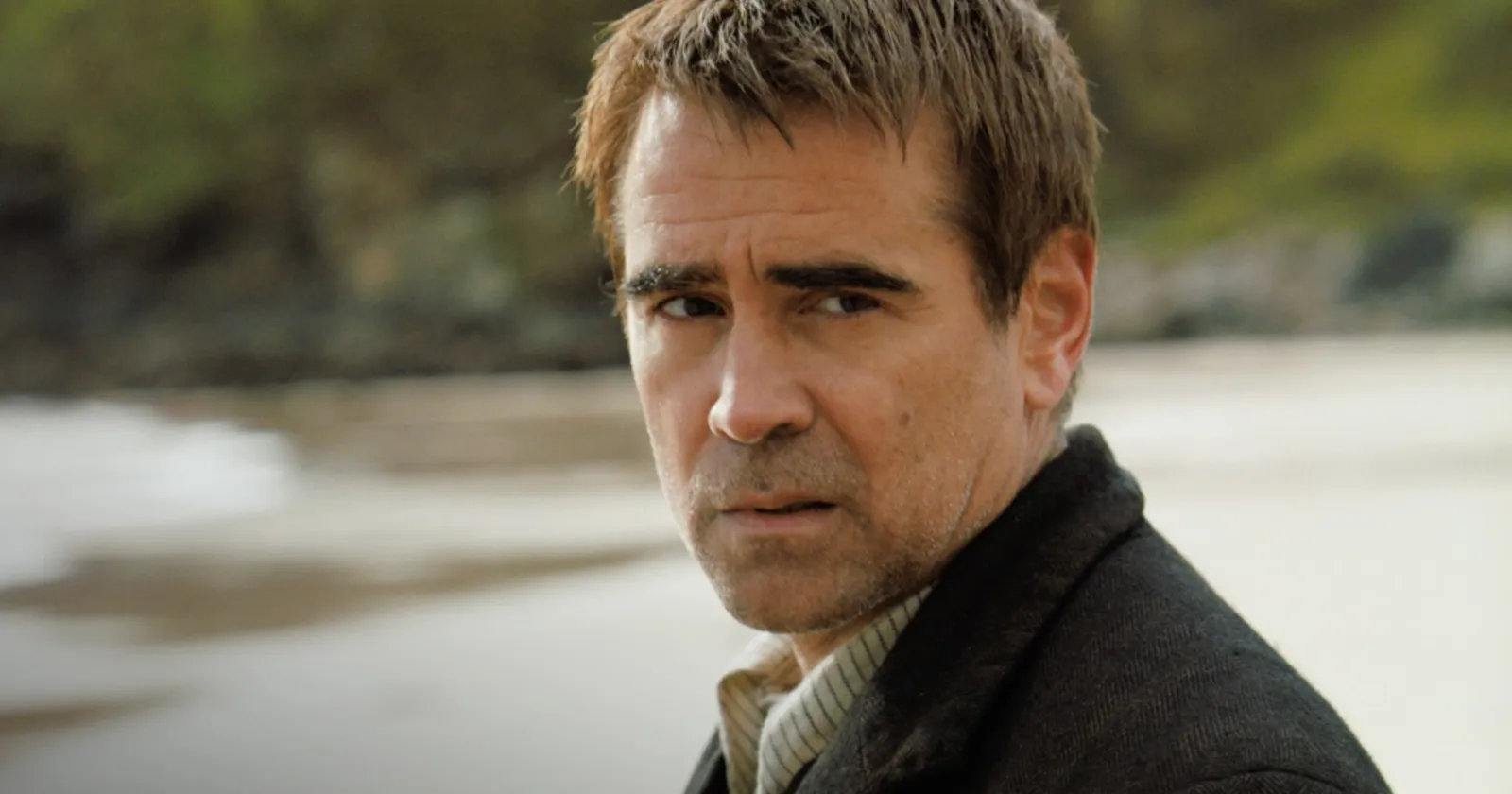A while back, I saw Martin McDonagh’s newest film The Banshees of Inisherin in theaters. Normally, I like to write my reviews relatively soon after my viewing to keep my memory of the film fresh, but I knew this time that I needed to watch it again – to peel back the layers on what I was sure was McDonagh’s best film yet (the acclaimed playwright is responsible for recent hits In Bruges and Three Billboards Outside Ebbing, Missouri, among others).

And so the wait began, week after week I waited for it to hit VOD or streaming so I could test the “rewatchability” of McDonagh’s latest black comedy. My initial viewing had me convinced The Banshees of Inisherin was one of the year’s best efforts. Its precise attention to setting and framing is excellent – I’m glad I was able to catch a screening of it before it left theaters. It has a real painterly aesthetic; one that McDonagh hadn’t experimented with much in the past. The cinematography matches the setting and region quite well. Deep greens cover much of the simplified area, lending the source material a landscape to shine. And it does not hold back.
The film stars Colin Farrell (The Batman) and Brendan Gleeson. Both actors worked with McDonagh back in 2008 on In Bruges so fans were understandably excited to see the team back together on a film that lets the two stars regularly act alongside one another with a script from one of the best in the business.
In The Banshees of Inisherin, Farrell and Gleeson play two longtime friends Pádraic and Colm, respectively. The two spend their time drinking and chopping it up at the local pub on Inisherin, an isolated island off the coast of Ireland, towards the tail end of the Irish Civil War in 1923 (a war that intentionally symbolizes the fracture the two friends drive during the film).
One day out of the blue, Colm decides to no longer be friends with Pádraic without giving him much reason or forewarning. The loss of friendship destabilizes Pádraic and sends the two tussling ex-BFFs into a tailspin that leads to deadly consequences.
The praise has to begin with the performances throughout the entire cast. Beyond Colin Farrell and Brendan Gleeson, Kerry Condon (Night Swim) plays Pádraic’s sister Siobhán and Barry Keoghan (Dunkirk, Saltburn) plays the troubled youngster Dominic. All four performers give awards-worthy performances, but it seems Farrell is beginning to become the outlier as he’s racked up deserving Best Actor nominations at regional ceremonies across the globe. As the Academy has expanded globally over the last few years, I imagine this is promising for Farrell, who has had quite the 2022 with After Yang and The Batman credits to attach to his resume.
The story is simultaneously laugh-out-loud audacious and deftly potent with real questions on life and legacy. This is essentially McDonagh’s treaties on friendship and what you leave behind once you leave Earth. Farrell is the film’s stand-in for niceness towards those around you, and Gleeson’s character is a stand-in for tangible contributions to the world (in the film’s case, music). McDonagh constantly tries to unearth what it means to leave behind a legacy, and who will care about us when we die.
The film deals with these questions in a weightier matter, not unlike how he dealt with personal crisis and faith in his previous works. For all the criticism that Three Billboards Outside Ebbing, Missouri got for struggling to make any real observation about rural American culture and subculture, the film still successfully pulls off real consequence and structural integrity – and that is no different in The Banshees of Inisherin. Every bit of this plot feels sincere, honest, and completely earned. It’s knee-slapping hilarious and emotionally shattering at the same time. A real feat for one of the industry’s best writers.
I imagine the engine guiding The Banshees of Inisherin towards Oscar season will only get stronger and stronger, and for some films in the past, that has led to constant reexamination. It can get exhausting to constantly rediscuss the same faulty issues with a film over and over again (CODA is just a feel good tearjerker, The Shape of Water is emotionally unriveting, Belfast is just memory porn, etc. – not saying I think any of these are true or untrue, just observations from years past), but The Banshees of Inisherin seems ripe for talk; a film meant for interpretation and a true litmus test for the artistic complex.
READ MORE MOVIE REVIEWS: Causeway, Pinocchio, All Quiet on the Western Front
Needless to say, The Banshees of Inisherin blew me away on rewatch. As the year comes to a close, I’m not sure where it’ll stand among the best. I think it’s Martin McDonagh’s deepest work, and one of the truly great directorial efforts of the year. It’s a film that takes a filmmaker at the peak of his powers and I’m not sure McDonagh will meet what he does here again. It’s another incredibly honest, woefully funny, and strangely intoxicating film from a crew and cast that I hope makes more films in the future.
Rating: 9/10
The Banshees of Inisherin (2022)
- Cast: Colin Farrell, Brendan Gleeson, Kerry Condon, Barry Keoghan, Gary Lydon
- Director: Martin McDonagh
- Genre: Comedy, Drama
- Runtime: 114 minutes
- Rated: R
- Release Date: October 21, 2022
- Movies Like The Banshees of Inisherin: The Eternal Daughter, Dual, Triangle of Sadness, More Movies Like The Banshees of Inisherin